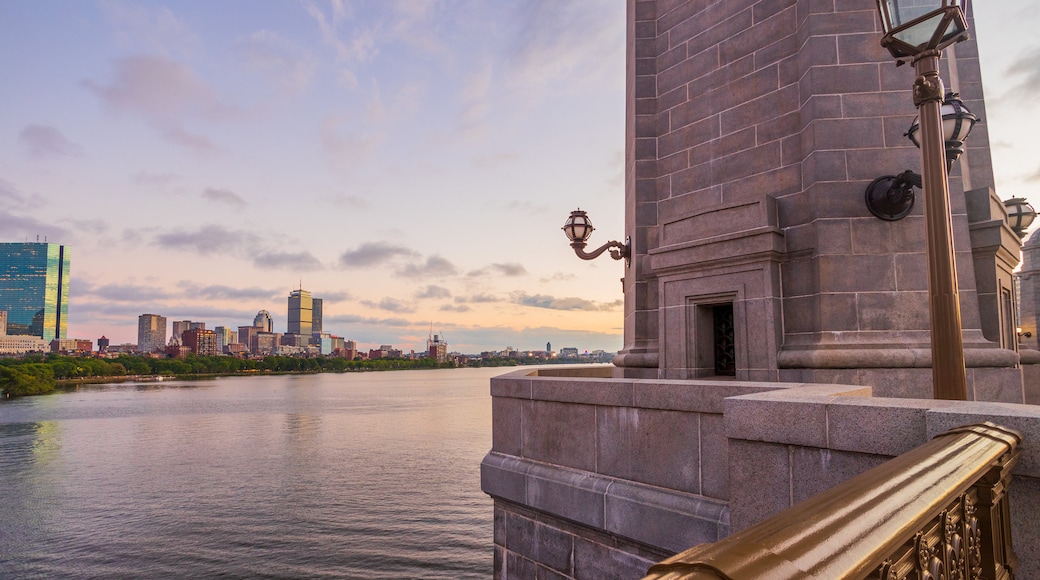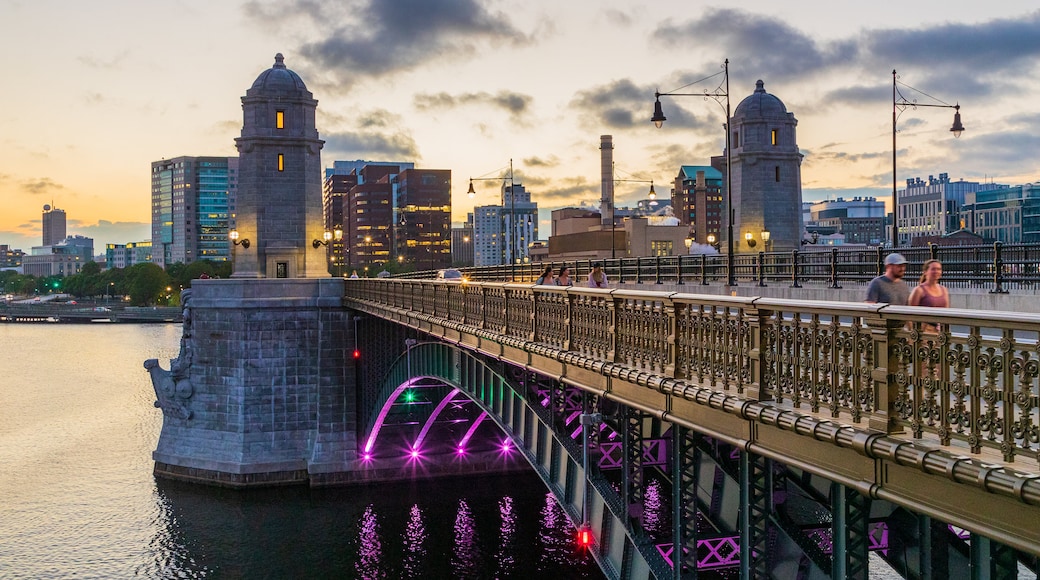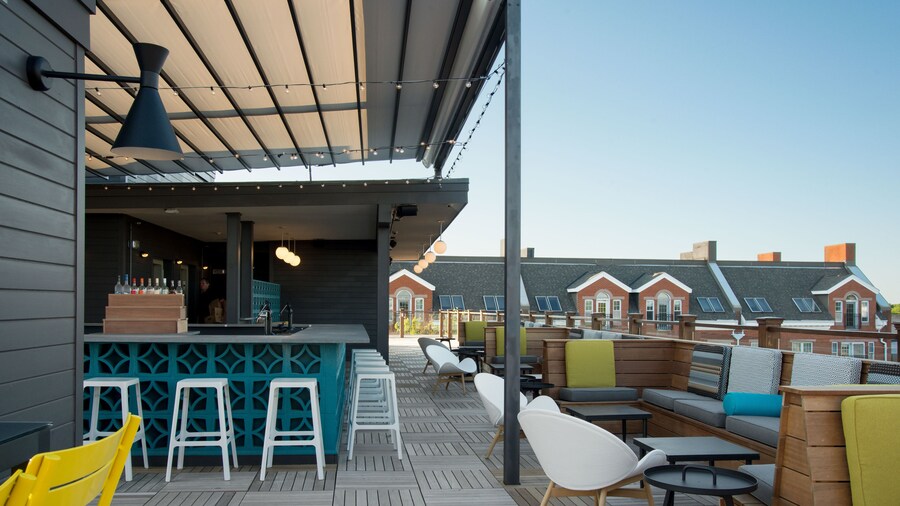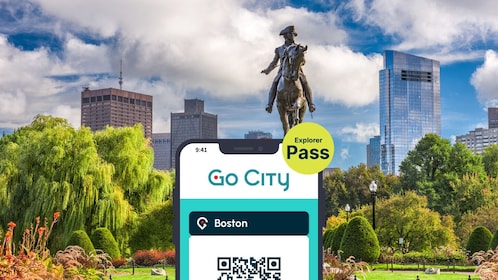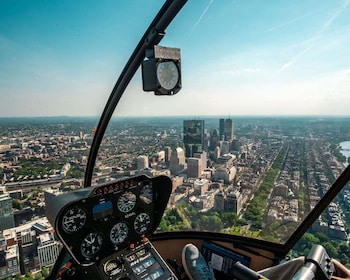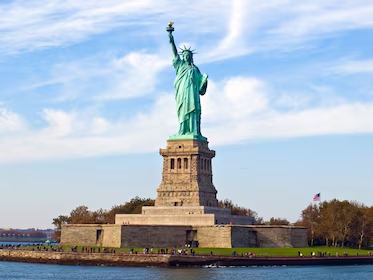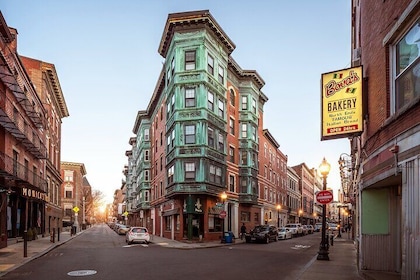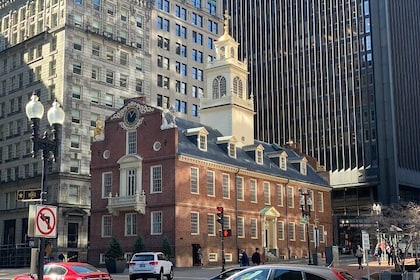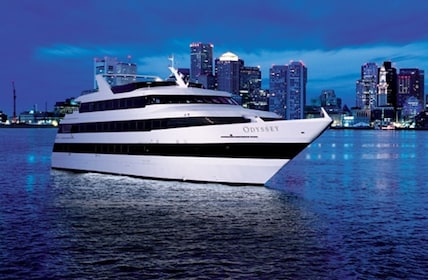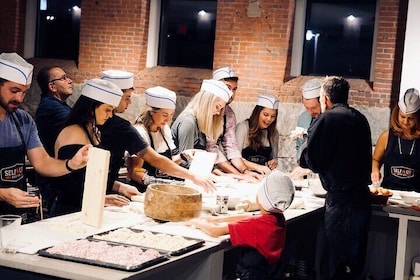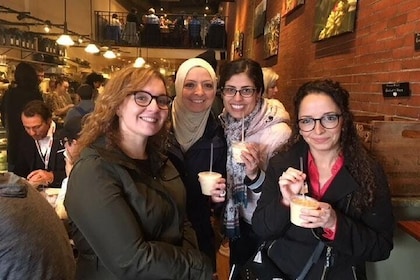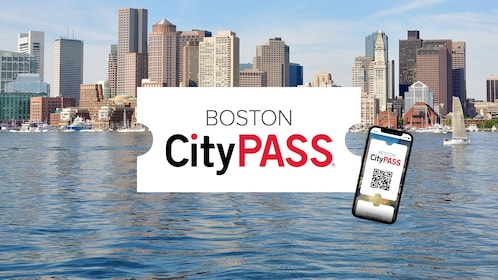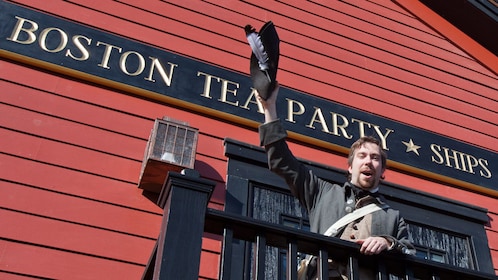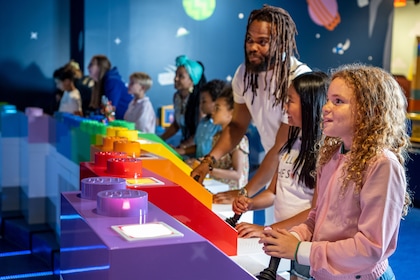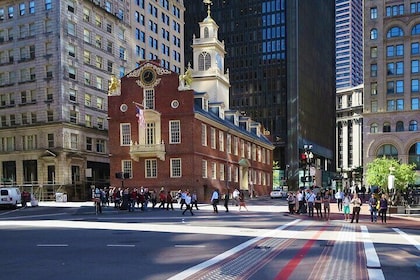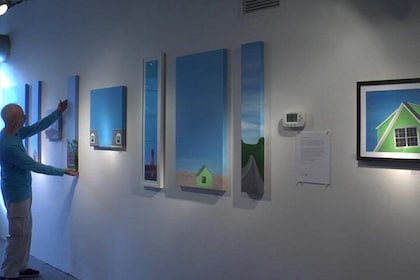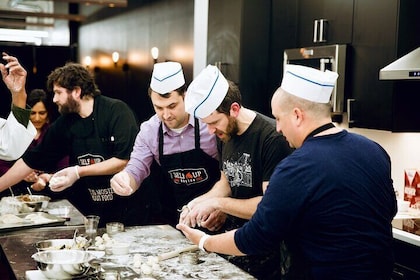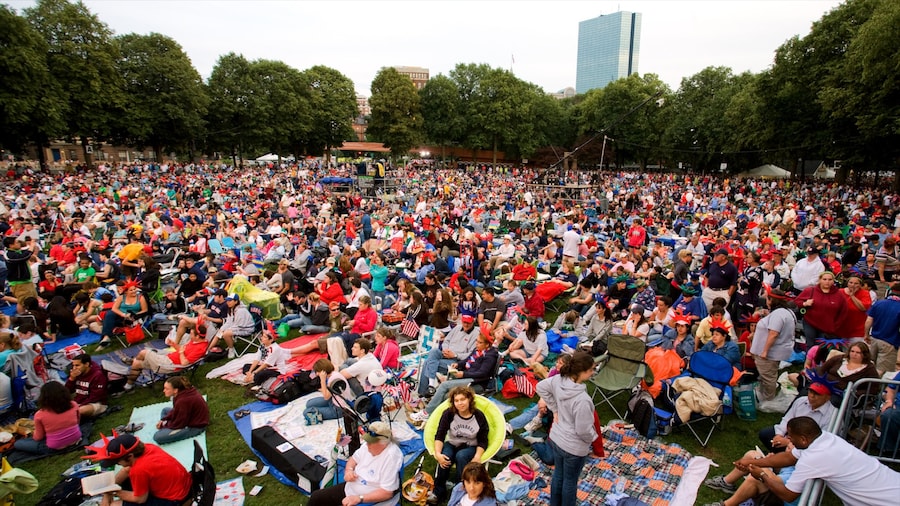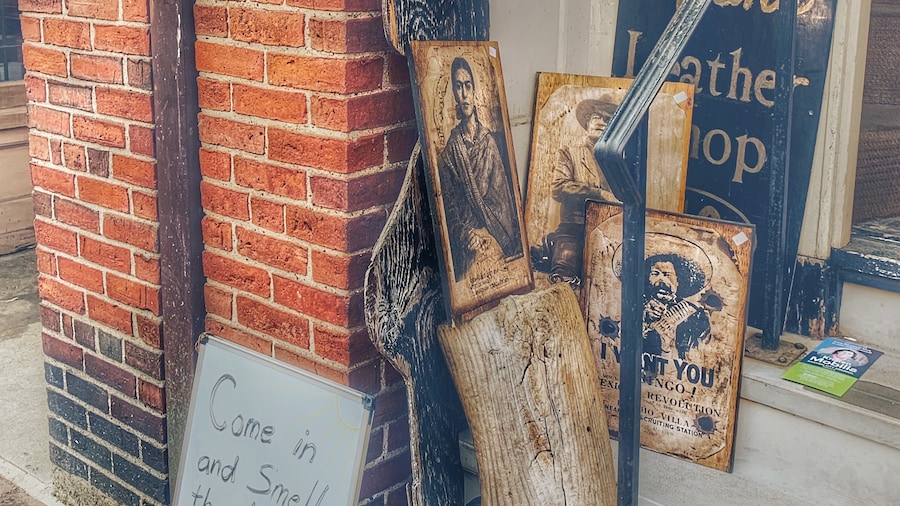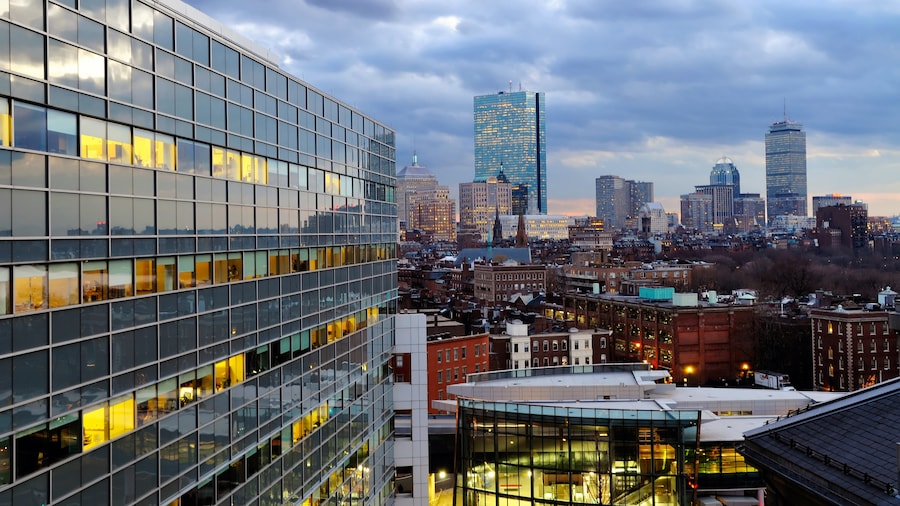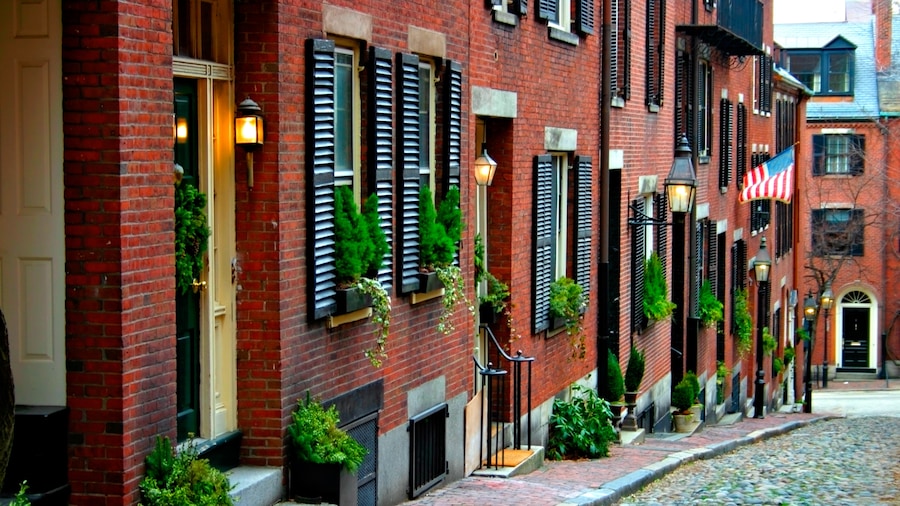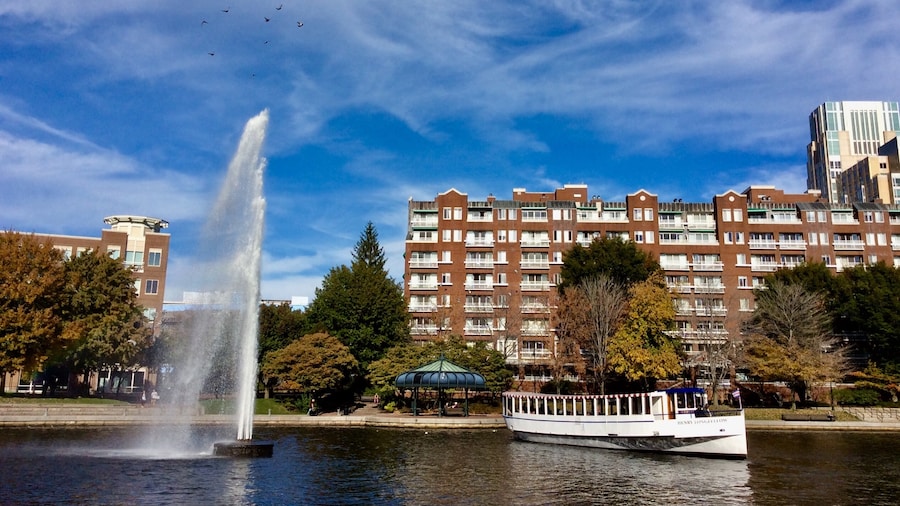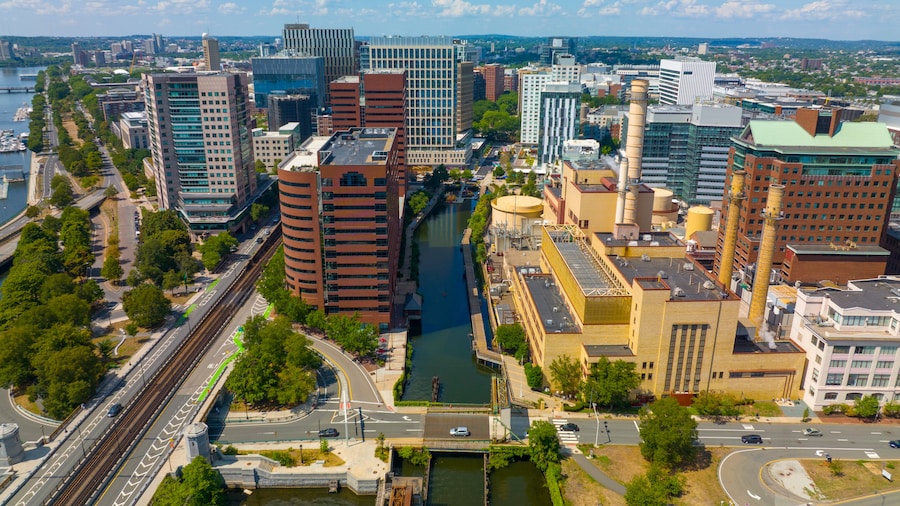Known as the Cambridge Bridge originally, then the West Boston Bridge, then lovingly called by locals as the Salt and Pepper Bridge, and officially now the Longfellow Bridge, this span across the Charles River connects Boston and Cambridge. Walk, drive, ride a bike or take the MBTA Red line subway across the bridge, which was originally built in 1793, rebuilt in 1854 and has been on the National Register of Historic Places since 1978.
Follow in Henry Wadsworth Longfellow’s footsteps as you travel across the bridge between the historic Beacon Hill neighborhood in Boston to Kendall Square, home of the Massachusetts Institute of Technology, in Cambridge. During the first period of the bridge’s history, Longfellow would cross it once a week to visit his future wife, Fanny Appleton. His famous poem, “The Bridge,” is an ode to the “care-encumbered men” who crossed the bridge before him and admired the moon’s reflection on the water. On the Boston side of the bridge, visit the low stone walls that bear quotes from the poem. There’s a pedestrian bridge nearby, named for Fanny Appleton, that links Charles Circle to the Esplanade.
Make your way across the bridge to see the circular twin towers that give the span its “Salt and Pepper Bridge” nickname but serve little actual purpose. They’re empty, not open to the public, and mainly there for inspectors and originally as a tool storage area for the men who used to sweep and clean the structure.
Explore the neighborhoods at each end of the bridge’s span, including the African American National Historic Site and Museum of African American History in Beacon Hill. On the Cambridge side, visit the MIT museum on the university’s campus. For a unique view on the bridge from the water, rent a kayak from a local outfitter and paddle under it.

